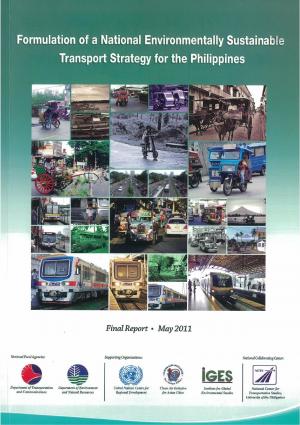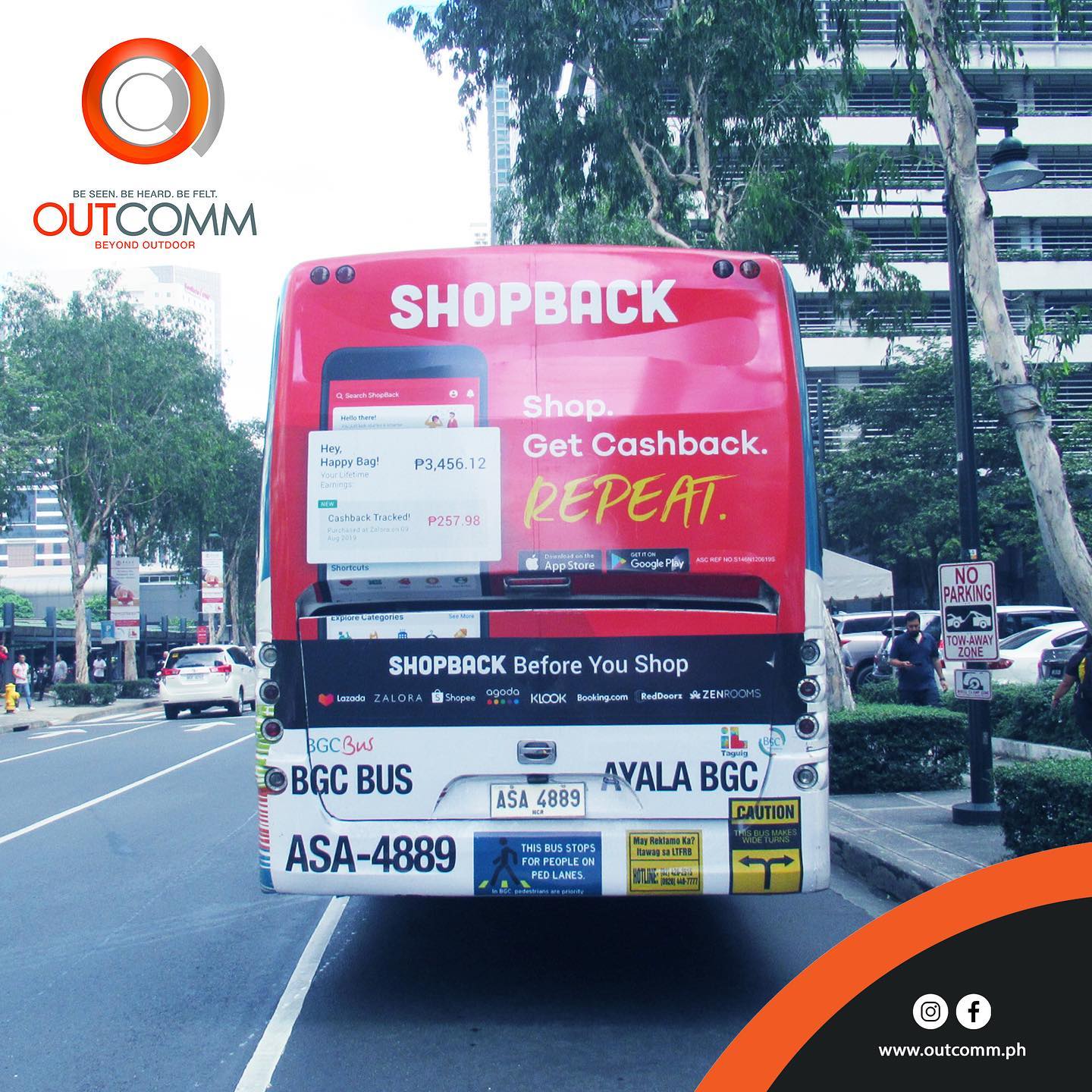Transit Advertising Philippines for Unmatched Brand Name Exposure
Transit Advertising Philippines for Unmatched Brand Name Exposure
Blog Article
Recognizing the Role of Transportation Advertising in Enhancing Brand Exposure and Customer Involvement
Transportation advertising has actually become a pivotal element in the marketing landscape, using one-of-a-kind chances for brand names to elevate their presence and engage customers efficiently. With the capacity to reach a diverse and restricted target market during their daily commutes, these advertising and marketing methods are not just about exposure; they have to do with developing significant links with possible customers. As we explore the diverse advantages and cutting-edge approaches within transit marketing, it comes to be vital to take into consideration just how these elements collectively influence consumer understanding and habits, increasing inquiries concerning their long-term influence on brand commitment.
Interpretation of Transit Advertising And Marketing
Transportation advertising and marketing refers to the method of advertising items, services, or brands through ads placed around public transportation systems. This kind of advertising encompasses a variety of placements, including posters on buses and trains, digital displays at transit terminals, and covers on the exterior of cars. It intends to get to a diverse target market, maximizing the high foot website traffic associated with public transit.
Transportation advertising and marketing is purposefully positioned to capture the focus of travelers, who typically spend substantial time waiting or taking a trip. By incorporating promotions right into the daily routines of people, brands can produce a long-term perception and foster brand name recognition. The tool is especially effective in urban settings, where public transport is a primary mode of travel.
Additionally, transportation advertising can help with localized targeting, allowing companies to reach details demographics based upon transit routes and station locations. As metropolitan populations expand and the use of public transportation increases, this advertising approach has gotten prominence as a crucial component of integrated advertising and marketing techniques. The vibrant nature of transportation advertising, integrated with its ability to engage customers in a captive atmosphere, emphasizes its importance in modern advertising practices.
Advantages of Transportation Advertising
The performance of transit marketing lies in its capacity to provide a wide range of advantages to brands looking for to enhance visibility and involvement. Among the main benefits is the substantial reach it supplies; transit advertisements can successfully target varied demographics throughout urban areas, getting to both pedestrians and travelers alike. This broad exposure substantially enhances brand understanding.
Another benefit is the high frequency of perceptions. As transit automobiles follow recognized routes and quit at numerous areas, they create repetitive exposure that reinforces brand name messages. This regularity cultivates knowledge, which is crucial in consumer decision-making.
Transportation advertising is additionally cost-effective contrasted to various other media systems. Provided its extensive reach and capacity for high perceptions, brands frequently experience a lower expense per thousand perceptions (CPM), maximizing their marketing budget plan.
Moreover, transportation advertisements can develop a feeling of neighborhood connection. By lining up with regional transit systems, brand names can reverberate with local target markets and promote a feeling of regional pride. This local technique enhances brand name loyalty and engagement, making transportation marketing a compelling selection for services aiming to solidify their visibility in the market.

Effective Strategies for Transportation Campaigns
To maximize the influence of transit projects, brands need to take advantage of tactical preparation and implementation tailored to their target market. First, recognizing the market features of the audience using public transportation is vital. This enables brands to create customized messaging that reverberates with possible consumers.
Following, choosing the right transportation tools is important. Whether using bus wraps, metro posters, or electronic screens, each medium has special advantages that can boost visibility. For circumstances, lively visuals on bus covers can bring in interest, while electronic ads can be upgraded frequently to show timely promotions.
Additionally, incorporating a cohesive branding technique Discover More Here throughout transportation platforms makes sure uniformity and strengthens the brand name's identity. Making use of distinctive layouts and remarkable taglines will certainly reinforce brand recall among travelers.
By using these methods, brand names can successfully harness the capacity of transit advertising, cultivating better recognition and link with their target audience. Eventually, a well-executed transit campaign can drive substantial growth in brand visibility and customer interaction.

Measuring Influence and Interaction
In assessing the efficiency of transit marketing campaign, accurate dimension of effect and interaction is important for brands seeking to optimize their advertising and marketing techniques. Metrics such as reach, frequency, and impacts supply foundational information to evaluate presence. Examining these elements assists identify the amount of prospective customers are subjected to the advertisements throughout their daily commutes.
Involvement can be further gauged with consumer communications, such as site traffic, social media mentions, and straight actions to calls-to-action featured in the advertisements. Using tools like QR codes or special Links can facilitate tracking of customer behavior directly linked to transit projects. Studies and feedback mechanisms likewise act as important techniques to gather qualitative data on customer assumptions and recall of the promotion.
In addition, progressed analytics and attribution versions can associate transportation exposure with subsequent purchasing habits, supplying understandings into the roi. By using an extensive method that integrates qualitative and measurable measures, brands can develop a nuanced understanding of their transit marketing effect. Inevitably, this data-driven strategy enables brands to refine their campaigns, ensuring they reverberate successfully with target market and boost total brand name presence.
Study of Successful Campaigns
Successful transit ad campaign function as compelling examples of just how effective techniques can raise brand visibility and engagement. Transit Advertising Philippines. One notable instance is the "I Love New york city" project, which transformed the city's picture and attracted millions of tourists. By making use of metro advertisements, billboards, and bus wraps, the campaign developed a solid, cohesive brand identity, causing a significant uptick in tourist and neighborhood organization patronage
An additional excellent project is Coca-Cola's "Share a Coke" campaign, which leveraged transit advertising to personalize the brand name experience. By including preferred names on advertising materials across different transportation systems, Coca-Cola cultivated a much deeper psychological connection with consumers, urging them to share their experiences on social media.
In addition, the "Got Milk?" project efficiently utilized public transport ads to get to a wide audience, enhancing the message of the value of milk in a balanced diet regimen. The campaign saw a measurable boost in milk consumption in target demographics.
These study show that when executed attentively, transit advertising can substantially enhance brand presence, foster customer interaction, and drive measurable results, showing its essential role in contemporary marketing methods. - Transit Advertising Philippines
Conclusion
Finally, transit marketing functions as a crucial tool for improving brand exposure and promoting customer interaction. By using tactically positioned advertisements within public transportation systems, brand names can effectively strengthen and reach diverse target markets web recognition with consistent exposure. The execution of targeted messaging and ingenious approaches even more intensifies the impact of transit projects. Inevitably, the ability to determine interaction and analyze successful study highlights the effectiveness of transit advertising in driving brand name commitment and customer communications.
Transportation advertising and marketing has emerged as an essential component in the marketing landscape, using unique chances for brand names to boost their presence and involve consumers successfully.Additionally, transportation advertising and marketing can promote localized targeting, enabling companies to get to certain demographics based on transit courses and terminal places.In reviewing the efficiency browse this site of transportation marketing projects, accurate measurement of influence and involvement is vital for brands seeking to optimize their advertising and marketing approaches.Successful transit marketing campaigns offer as engaging instances of just how reliable approaches can raise brand visibility and interaction.In final thought, transportation advertising and marketing serves as a crucial device for improving brand exposure and fostering customer engagement.
Report this page